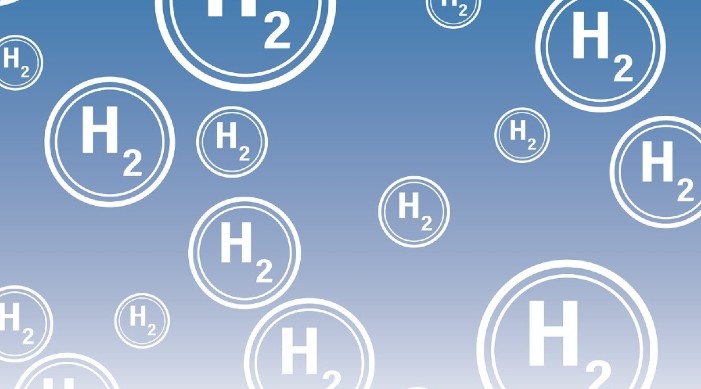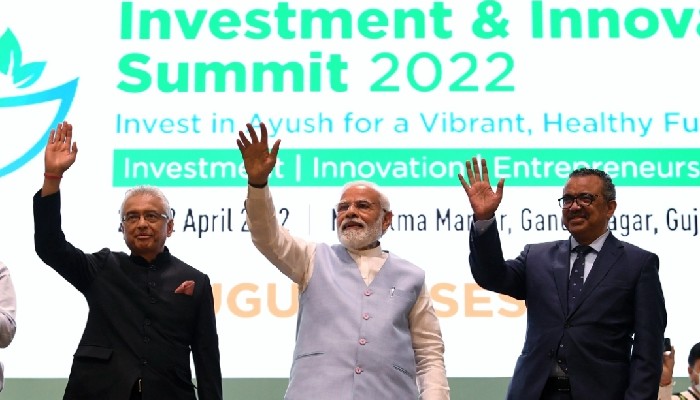The hydrogen can be used in many forms like electricity generation through fuel cells in remote tribal areas
A team of Indian scientists has, for the first time, developed a large-scale reactor which produces a substantial amount of hydrogen using sustainable sources like sunlight and water.
This cost-effective and sustainable process, which yields around 6.1 litres of hydrogen in 8 hours, has been developed by team from the Institute of Nano Science and Technology (INST), Mohali.
Hydrogen generated in this manner can be used in many forms like electricity generation through fuel cells in remote tribal areas, hydrogen stoves, and powering small gadgets.
Eventually, they can power the transformers and e-vehicles, which are long-term research goals under progress, the Ministry of Science & Technology said.
Headed by Kamalakannan Kailasam, the team includes Ashok K Ganguli, Vivek Bagchi, Sanyasinaidu Boddu, Prakash P N & Menaka Jha.
The scientists have used an earth-abundant chemical called carbon nitrides as a catalyst for the purpose.
According to the ministry, the process had been attempted many times by many researchers using complex metal oxide/nitride/sulphide based heterogeneous systems but was very difficult to reproduce in large quantities.
The INST team employed the low-cost organic semiconductor in carbon nitrides which can be prepared using cheaper precursors like urea and melamine at ease in a kilogram scale.
When the sunlight falls on this semiconductor, electrons, and holes are generated. The electrons reduced the protons to produce hydrogen, and holes are consumed by some chemical agents called sacrificial agents. If the holes are not consumed, then they will recombine with the electrons.
This work is supported by the DST Nano Mission NATDP project, and the related article has been published in the ‘Journal of Cleaner Production’ recently, and the team is in the process of obtaining a patent for the technology, said the Ministry of Science & Technology.
The INST team has been working in this area of photocatalytic water splitting to generate hydrogen for quite some time now.
“The energy crisis and ever-threatening climate crisis urged us to work on this promising way of hydrogen production through photocatalytic water splitting. The stability and chemical flexibility of having different organic groups in carbon nitrides triggered us to work on these cost-effective organic semiconductor materials for sustainable hydrogen production,” explained team leader Kamalakannan.
The INST team started from the lab-scale process to the bulk scale of developing the photocatalyst and hydrogen production through a large prototype reactor.
The reactor is about 1 metre square, and the photocatalyst was coated in the form of panels where water flow is maintained. Upon natural sunlight irradiation, hydrogen production occurs and is quantified through gas chromatography.
The team is in the process of optimising the hydrogen production with effective sunlight hours in addition to the purity of the hydrogen, moisture traps, and gas separation membranes so as to hyphenate with the fuel cells, the Ministry of Science & Technology said.
 Contact Us
Contact Us  Subscribe Us
Subscribe Us









 Contact Us
Contact Us
 Subscribe
Subscribe
 News Letter
News Letter

